
UFOs are spotted every year in the Show-Me State. But these “uncommon flying objects” aren’t silver space saucers. They’re birds.
You see, every animal has a certain area of the world in which it prefers to live. Birds are no exception. For example, many kinds of penguins live only in Antarctica. Unlike penguins, however, most birds can fly. And this means they can turn up hundreds, sometimes thousands, of miles away from where they’re normally found.
Here are a few of the most recent uncommon flying objects that have wandered far from home and ended up in the Show-Me State.
Limpkin
In all the years — decade after decade — birdwatchers have been keeping records, no one had ever spotted a limpkin in Missouri. Which made sense. The brown, long-legged waders love to eat apple snails. And the closest place apple snails are found is Florida. But in 2022, limpkins were spotted in nearly a dozen places across the Show-Me State. One even made an appearance in the middle of St. Louis! It was spotted in September, wading around the pools of the Missouri Botanical Garden.
Far-Out Fact
A limpkin’s bill is curved downward and the tip bends slightly to the right. This twisty-turvy schnoz helps the bird pluck snails out of their shells.
Ivory Gull
Ivory gulls usually keep company with icebergs and polar bears high in the Arctic. But in January 2015, one went waaaaay off course, and it was spotted for the first time in Missouri, hanging out near the Mississippi River north of Hannibal. The ice-loving brrrds leave their Arctic homes so rarely, birdwatchers from as far away as Florida, New England, and Texas flocked here for a chance to see this once-in-a-lifetime visitor.
Far-Out Fact
No bird has ever been reported at the North Pole, but ivory gulls have been seen only 130 miles away. That’s about half the distance from Kansas City to St. Louis.
Brown Booby
Crazy things get posted on social media every day. So in 2020, when someone claimed on Facebook to have spotted a brown booby on the Current River, birdwatchers wondered if they were being tricked. Brown boobies, you see, nest on tropical islands and spend most of their lives far out at sea. The fish-gobbling birds had never been seen in Missouri. But the claim turned out to be true, and since then, another booby has been spotted, this time at the Lake of the Ozarks.
Far-Out Fact
Brown boobies often hunt near moving boats, hoping to snap up flying fish and other seafood stirred up by the boat’s passage.
Rivoli’s Hummingbird
With emerald-colored throats and purple-colored crowns, Rivoli’s hummingbirds shimmer like flying gemstones. The large, long-beaked hummers typically hang out in the mountains of Mexico. In the U.S., they’re found in only the extreme southern edges of Arizona and New Mexico. But in June 2020, one wayward hummer took an extended road trip to Missouri and was spotted near a house south of Springfield. It’s the only Rivoli’s hummingbird ever recorded in the Show-Me State.
Far-Out Fact
Rivoli’s hummingbirds have a hard-working heart! It beats up to 1,200 times a minute, one of the highest heart rates ever recorded for an animal.
Hooded Oriole
A female hooded oriole uses her sharp beak to poke holes in palm leaves from below. Then she pushes grasses and plant fibers up through the holes and stitches them to the leaf. Last, she weaves the fibers into a hanging nest for her eggs and babies. It’s an amazing process, but you can’t see it in Missouri. Hooded orioles nest in Mexico, California, and southwestern states. Only one of the sunshine-colored birds has ever strayed into the Show-Me State. It was seen in 2015 at a house in Columbia.
Far-Out Fact
Hooded orioles in Texas and eastern Mexico are flame-orange. Those living in California and western Mexico are sunshine-yellow.
Burrowing Owl
If you’ve read Hoot by Carl Hiaasen, you know about burrowing owls. (And if you haven’t read the book, you should!) The sand-colored, long-legged, day-hunting owls nest in underground burrows. In the U.S., they’re typically found in western states (where they live in prairie dog holes) and Florida (where they live in burrows dug by tortoises). Ever so often, one of the little owls shows up in the Show-Me State. The most recent sighting was in March at Shawnee Trail Conservation Area north of Joplin.
Far-Out Fact
Burrowing owls lay out a weird welcome mat. Before nesting, they carpet the entrance to their tunnel with animal poop. This attracts dung beetles, which the owls eat.
Vermilion Flycatcher
A vermilion flycatcher spends its day sitting on a fence post, watching for insects. When an unlucky bug buzzes by, the flycatcher flutters off its perch to nab a snack. They nest in grasslands, shrubby areas, and deserts of southwestern states like Texas, New Mexico, and Arizona. The flame-colored flyers sparked interest among Missouri’s birdwatchers when not one but three turned up in the state in 2019. Others have been seen since then, most recently in 2021 near New Madrid.
Far-Out Fact
The vermilion flycatcher’s scientific name, Pyrocephalus rubinus, literally means “red fire-head.”
Crested Caracara
Often called “Mexican eagles,” crested caracaras aren’t common north of the border. In the U.S., they’re mostly seen in Texas. Though they look like hawks (or eagles), they’re more closely related to falcons, like peregrines and kestrels. And they share their favorite food — carrion (already dead animals) — with vultures. This mixed-up bird has been seen in Missouri only twice. The most recent sighting was in 2017 along the Mississippi River in the Bootheel.
Far-Out Fact
Despite their hefty beaks, crested caracaras aren’t able to peck open thick-skinned animals. They have to wait for vultures or larger animals to open up their meals.
Hoary Redpoll
Hoary redpolls are related to purple finches. But hoary redpolls live on the northern tundra and brave winter weather that would turn a purple finch blue. Redpolls are so well-insulated that when a rare warm spell hits the Arctic, they pluck out their fluffiest feathers to avoid overheating. They’ve been seen in Missouri only three times. The last sighting was in 2015 at a house east of Kirksville.
Far-Out Fact
Similar to how a chipmunk packs its cheeks with nuts, a redpoll can fill its guts with seeds. When it’s in a safe spot, it spits up the seeds and cracks them open to eat.
Magnificent Frigatebird
If you’ve been to the beach, you may have noticed a dark, pterodactyl-like bird soaring high above the sand. Magnificent frigatebirds are pirates of the bird world. They patrol the coasts, swooping down to steal food from other birds in midair. In 2020, an unlucky frigatebird got swept north by Hurricane Laura and was spotted in Missouri near St. Charles. As far as anyone knows, only two of these sky pirates have been seen in the Show-Me State.
Far-Out Fact
Frigatebirds sometimes harass other birds until they throw up. The frigatebird then catches and eats the barfed-up seafood. Nothing sounds magnificent about that!
Wood Stork
Wood storks don’t deliver babies, but they do bring joy to any birdwatcher lucky enough to spot one. Your best chance to see these bald-headed, long-legged wading birds is to visit a swamp in Florida, Georgia, or South Carolina. Even though Missouri’s Bootheel has its share of swamps, wood storks have been seen in the state only about 10 times. The latest sighting was in 2021 at Four Rivers Conservation Area near Nevada.
Far-Out Fact
To keep their babies cool in the steamy subtropical heat, stork parents drink water and then throw it up on the heads of the nestlings.

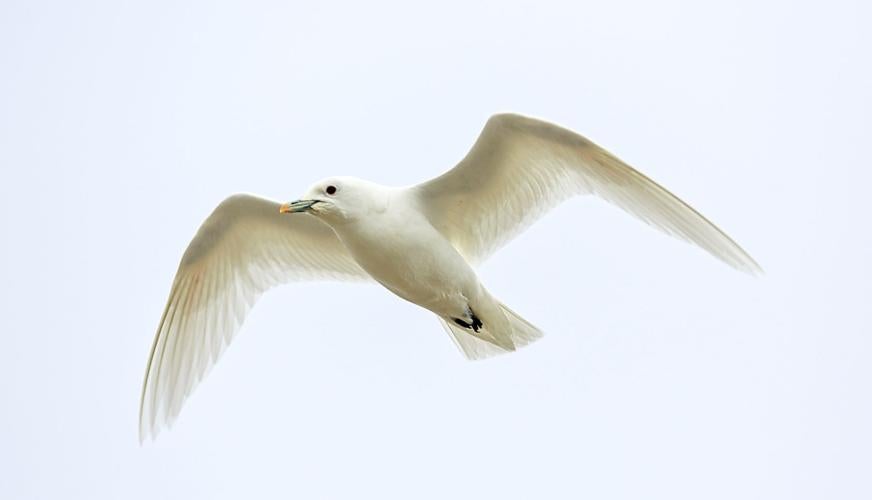
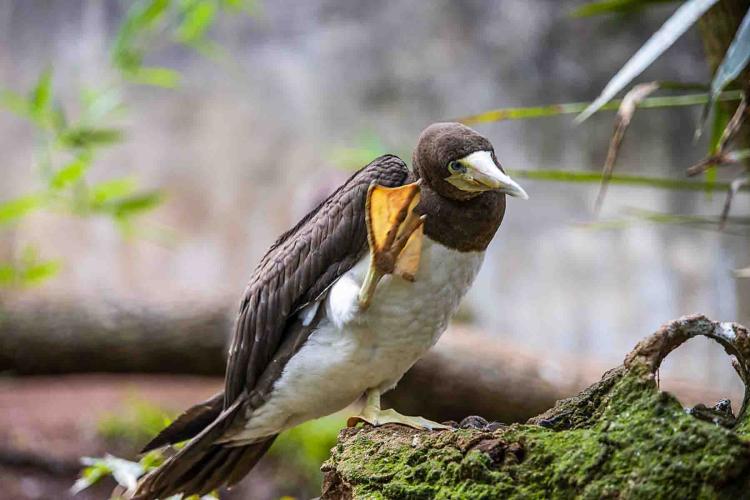

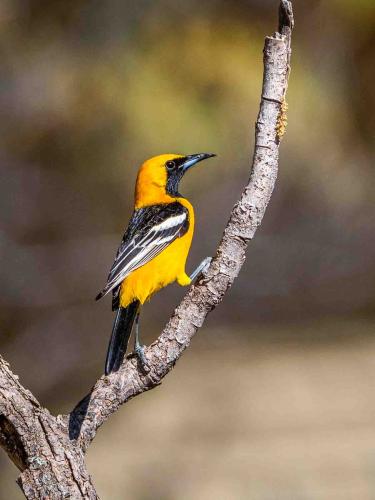
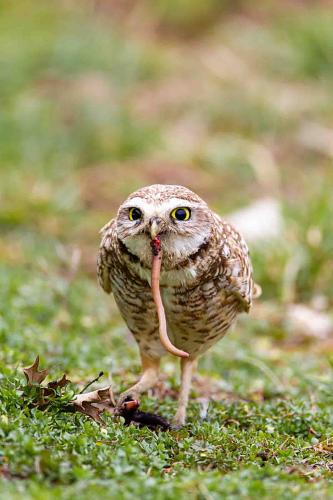
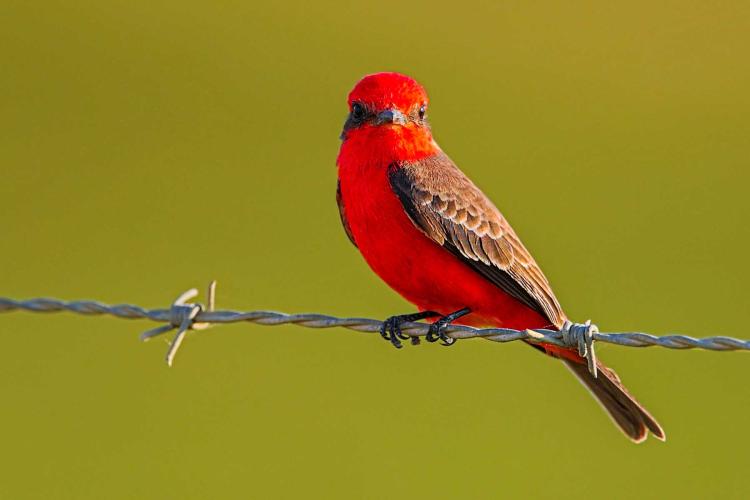


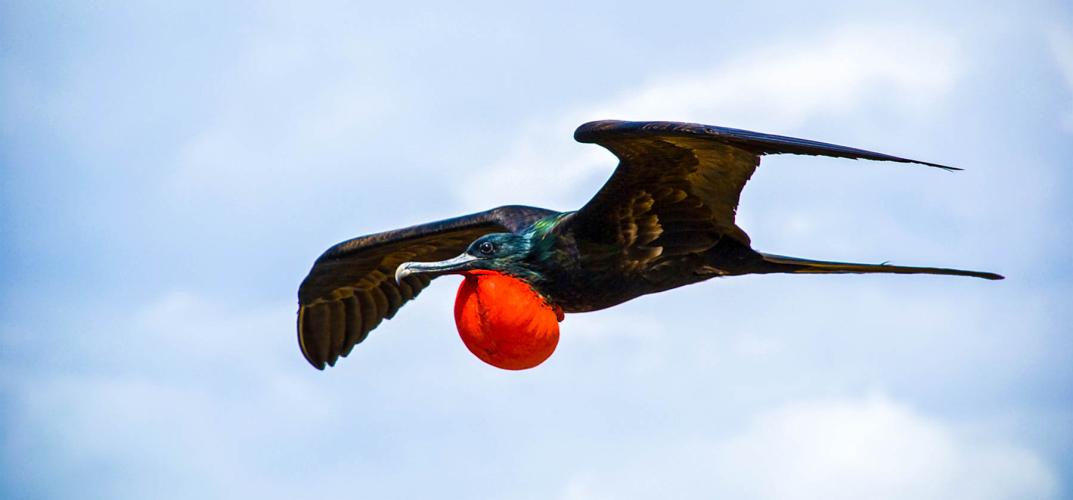

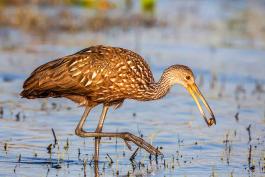
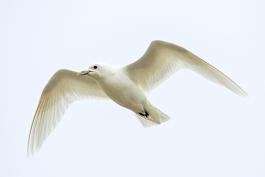
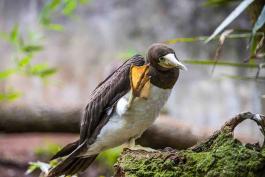
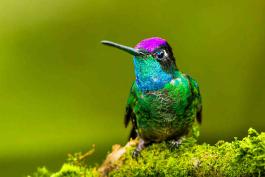
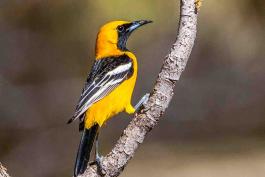
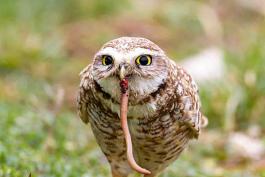

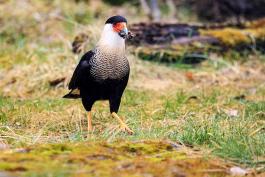
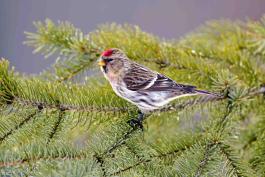
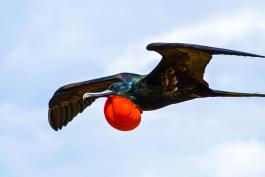

Also In This Issue

Need something fun to do on the long drive to grandma’s house? Or a joke to tell to Uncle Mark? Xplor’s here to help with some wild and wacky puzzles and jokes.
And More...
This Issue's Staff
Photographer – Noppadol Paothong
Photographer – David Stonner
Designer – Marci Porter
Designer – Les Fortenberry
Art Director – Cliff White
Editor – Matt Seek
Subscriptions – Laura Scheuler
Magazine Manager – Stephanie Thurber






















